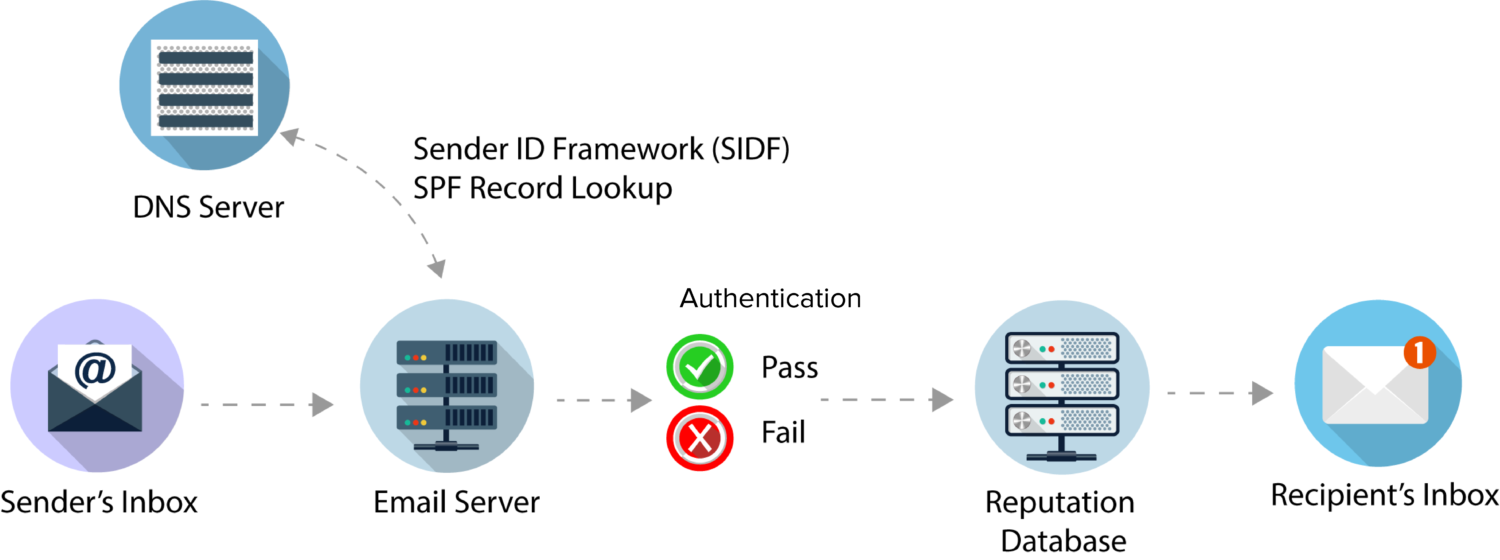Understanding SPF in Email Security
Protecting your email communication from unauthorized senders and potential phishing attacks is crucial for maintaining the security of your organization’s sensitive information. One of the ways to enhance email security is through the use of Sender Policy Framework (SPF).
SPF is an email validation protocol that helps prevent email spoofing by verifying the sender’s identity. By implementing SPF, you can specify which IP addresses are allowed to send emails on behalf of your domain. This helps reduce the chances of your emails being marked as spam or falling victim to phishing attempts.
When an email is sent, the recipient’s email server checks the sender’s SPF record to determine if the sending server is authorized to send emails on behalf of the sender’s domain. If the sender’s IP address is not listed in the SPF record, the email may be rejected or flagged as suspicious.
Setting up SPF involves creating a DNS TXT record that specifies the IP addresses or domains that are approved to send emails on behalf of your domain. This record helps email servers verify the authenticity of the sender and reduces the risk of email fraud.
How SPF Works
When an email is sent, the recipient’s email server extracts the sender’s domain from the email address. It then queries the sender’s domain’s DNS records to retrieve the SPF record. The SPF record contains a list of authorized IP addresses and domains that are allowed to send emails on behalf of the sender’s domain.
If the sending server’s IP address matches one of the entries in the SPF record, the email is considered legitimate, and it is delivered to the recipient’s inbox. However, if the IP address is not on the list, the email may be rejected, marked as spam, or subjected to further scrutiny.
SPF provides a simple yet effective way to verify the authenticity of the sender and protect against email spoofing. By using SPF, you can increase the security of your email communication and reduce the likelihood of falling victim to phishing attacks.
Benefits of SPF
Implementing SPF in your email security strategy offers several benefits, including:
- Preventing email spoofing: SPF helps verify the sender’s identity and reduces the risk of unauthorized parties sending emails on behalf of your domain.
- Reducing spam: By authenticating the sender’s IP address, SPF helps email servers filter out spam emails and improve the deliverability of legitimate emails.
- Enhancing email security: SPF adds an extra layer of protection to your email communication, safeguarding your organization’s sensitive information from phishing attacks.
Overall, SPF is a valuable tool for improving the security and reliability of your email communication. By implementing SPF, you can ensure that only authorized senders can send emails on behalf of your domain, helping to maintain the trust of your recipients and protect your organization’s data.
